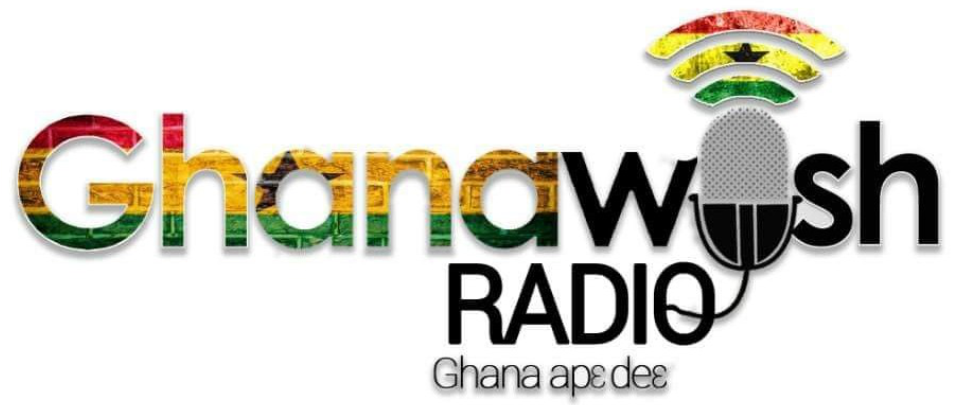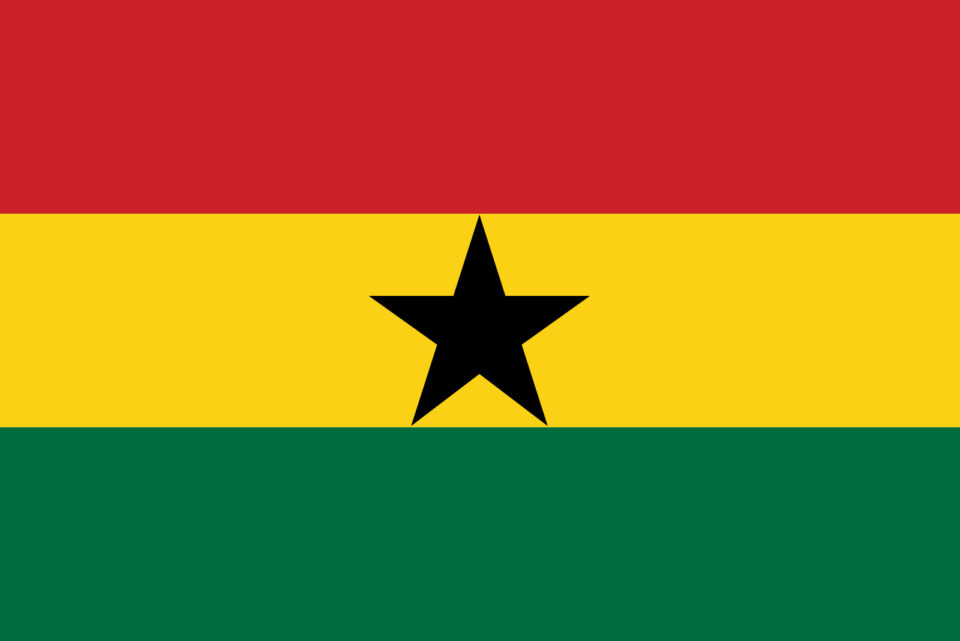Hello guys! Today I have collected all the Ghana cedi notes since Gold Coast on the Internet. Interesting Huh! Some of us were not even born by then.
The Ghanaian cedi GH₵ is the unit of currency of Ghana. It is currently the only legal tender in the Republic of Ghana. One cedi is divided into one hundred pesewas.
Before that, let us look at a brief history of the Ghana cedi:
After Ghana gained independence Ghana separated itself from the British West African pound, which was the currency of the British colonies in the region. The new republic’s first independent currency was the Ghanaian pound (1958-1965). In 1965, Ghana decided to leave the British colonial monetary system and adopt the widely accepted decimal system. The African name Cedi (1965-1967) was introduced in place of the old British pound system. Ghana’s first President Kwame Nkrumah introduced Cedi notes and Pesewa coins in July 1965 to replace the Ghanaian pounds, shillings and pence. The cedi bore the portrait of the Kwame Nkrumah and was equivalent to eight shillings and four pence i.e. one hundred old pence, so that 1 pesewa was equal to one penny.
After the February 1966 military coup, the new leaders wanted to remove the face of Nkrumah from the banknotes. The “new cedi” (1967–2007) was worth 1.2 cedis, which made it equal to half of a pound sterling (or ten shillings sterling) at its introduction. Decades of high inflation devalued the new cedi, so that in 2007 the largest of the “new cedi” banknotes, the 20,000 note, had a value of about US$2. The new cedi was gradually phased out in 2007 in favor of the “Ghana cedi” at an exchange rate of 1:10,000 i.e 1 Ghana cedi equals 10,000 cedi. By removing four digits, the Ghana cedi became the highest-denominated currency unit issued in Africa. It has since fallen to about 20% of its original purchasing power when the currency was redenominated.
Now we can look at the various Ghana cedi notes since Gold Coast.
Enjoy!
Which note did you come to meet?


